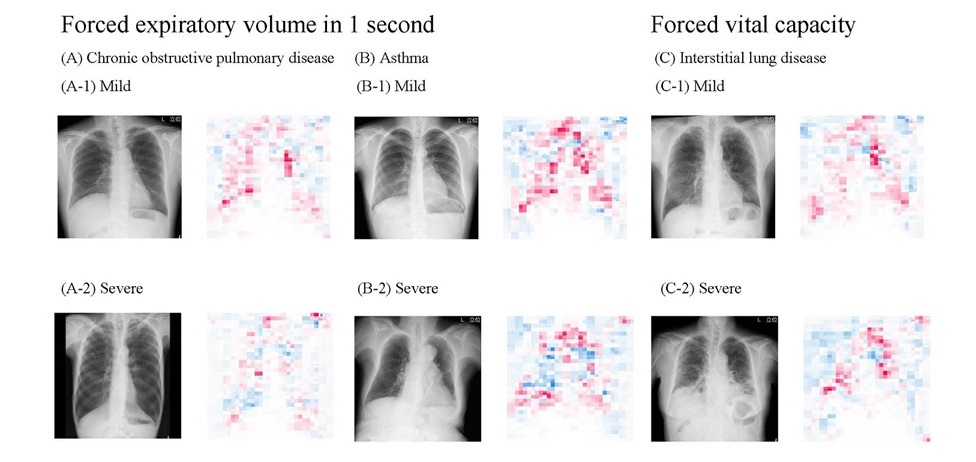AI Model Accurately Estimates Lung Function Using Chest X-Rays
Posted on 09 Jul 2024
Traditionally, lung function assessments are conducted using a spirometer, which requires patient cooperation. Patients must follow specific instructions for inhaling and exhaling into the device. This method becomes challenging when patients, such as infants or those with dementia, struggle to follow instructions or if the individual is bedridden. While clinicians rely on chest X-rays to diagnose conditions like tuberculosis and lung cancer, these images do not provide insights into lung functionality. To address these limitations, researchers have now developed an artificial intelligence (AI) model that is capable of estimating lung function from chest radiographs with high accuracy.
A research group from Osaka Metropolitan University (Osaka, Japan) trained, validated, and tested this AI model using over 140,000 chest radiographs collected over nearly two decades. They refined the AI model by comparing its estimations against actual spirometric data. The findings, published in The Lancet Digital Health, showed an exceptionally high agreement rate, with a Pearson’s correlation coefficient (r) exceeding 0.90, suggesting that this method holds substantial promise for clinical application. The AI model developed in this study could significantly expand options for pulmonary function assessment and especially benefit patients unable to perform traditional spirometry tests.

“Highly significant is the fact that just by using the static information from chest x-rays, our method suggests the possibility of accurately estimating lung function, which is normally evaluated through tests requiring the patients to exert physical energy,” said Associate Professor Daiju Ueda who led the research group. “This AI model was built through the cooperation of many people, from physicians, researchers, and technicians to patients at several institutions. If it can help lessen the burden on patients while also reducing medical costs, that would be a wonderful thing.”
Related Links:
Osaka Metropolitan University














